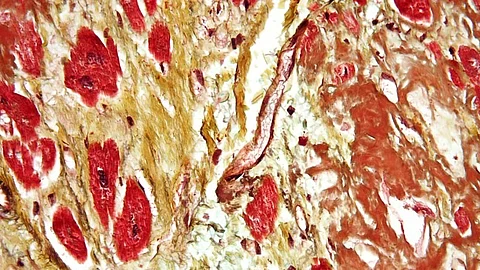Not all signs or symptoms of heart disease are clear or obvious like a heart attack or irregular heartbeat. Some symptoms can be misleading or mistaken for something else, including:
Struggling to breathe even when lying down: If breathing is hard when you sleep on your back but often improves when you sit up, you may have fluid buildup in the lungs.
Leg or hip pain: Lower-body pain can result from injuries, arthritis, or being out of shape, but it may also signal circulation problems in the legs from peripheral artery disease.
Extreme fatigue: If everyday activities make you tired — like needing to rest while doing simple tasks, you could have heart disease. If you feel unusually tired from mundane activities, you should contact your doctor.
Swelling in the legs or ankles: When the heart isn’t pumping blood efficiently, fluid can build up causing swelling in the legs or ankles. Swelling can also occur when veins in the legs can’t return fluid to the heart. Swelling in one leg could be due to a blood clot or an infection. Call your doctor immediately or visit the emergency room if leg swelling is accompanied by heart failure symptoms such as shortness of breath.
Jaw pain: By itself, jaw pain probably isn't heart-related, but if you have pain or pressure in the center of your chest that spreads up into your throat or jaw, it could be a sign of a heart attack.


